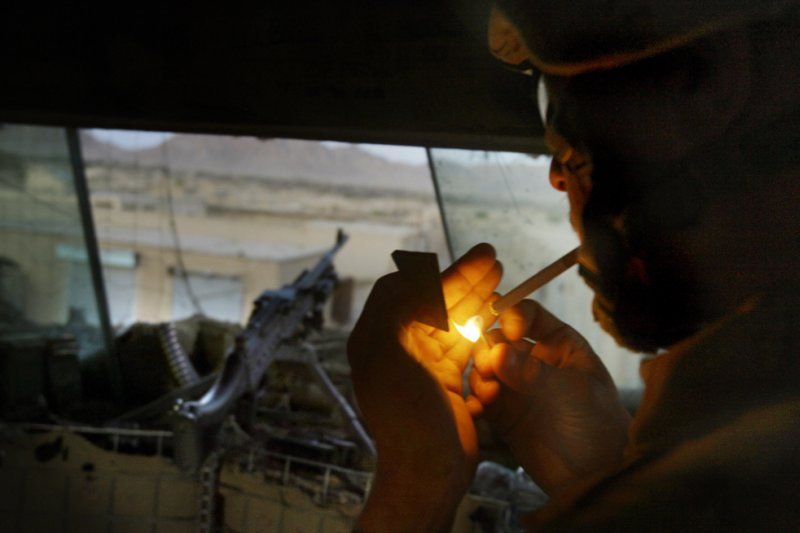|
|
War Photography, Middle East
|
War is a behaviour pattern exhibited by many primate species including humans, and also found in many ant species. The primary feature of this behaviour pattern is a certain state of organized violent conflict that is engaged in between two or more separate social entities. Such a conflict is always an attempt at altering either the psychological hierarchy or the material hierarchy of domination or equality between two or more groups. In all cases, at least one participant (group) in the conflict perceives the need to either psychologically or materially dominate the other participant. Amongst humans, the perceived need for domination often arises from the belief that either an ideology is so incompatible, or a resource is so scarce, as to threaten the fundamental existence of the one group experiencing the need to dominate the other group. Leaders will sometimes enter into a war under the pretext that their actions are primarily defensive, however when viewed objectively, their actions may more closely resemble a form of unprovoked, unwarranted, or disproportionate aggression.
In all wars, the group(s) experiencing the need to dominate other group(s) are unable and unwilling to accept or permit the possibility of a relationship of fundamental equality to exist between the groups who have opted for group violence (war). The aspect of domination that is a precipitating factor in all wars, i.e. one group wishing to dominate another, is also often a precipitating factor in individual one-on-one violence outside of the context of war, i.e. one individual wishing to dominate another.
In 2003, Nobel Laureate Richard E. Smalley identified war as the sixth (of ten) biggest problems facing the society of mankind for the next fifty years. In the 1832 book "On War", by Prussian military general and theoretician Carl Von Clausewitz, the author refers to war as the "continuation of political intercourse, carried on with other means." War is an interaction in which two or more opposing forces have a “struggle of wills”. The term is also used as a metaphor for non-military conflict, such as in the example of class war.
|
|









